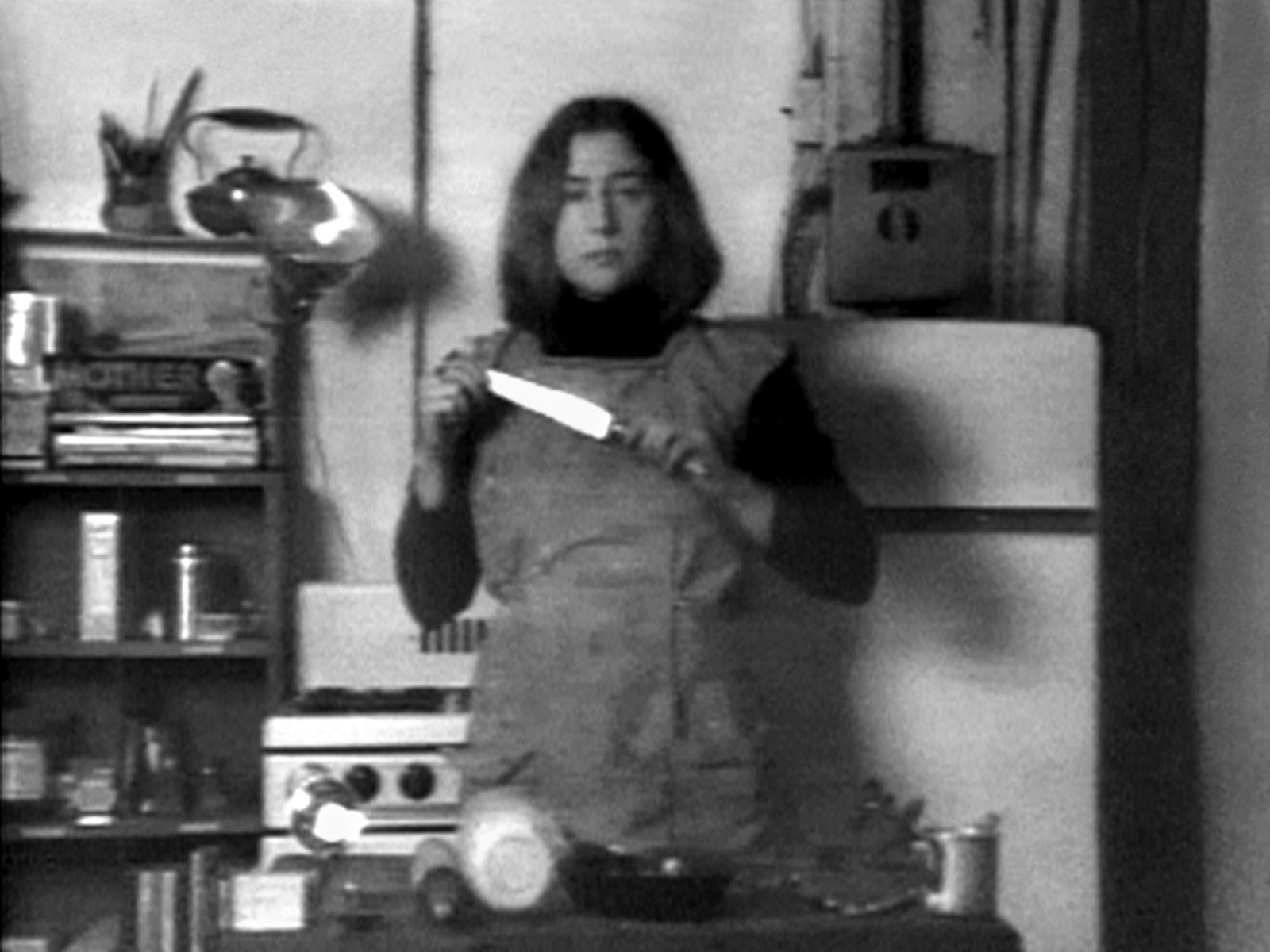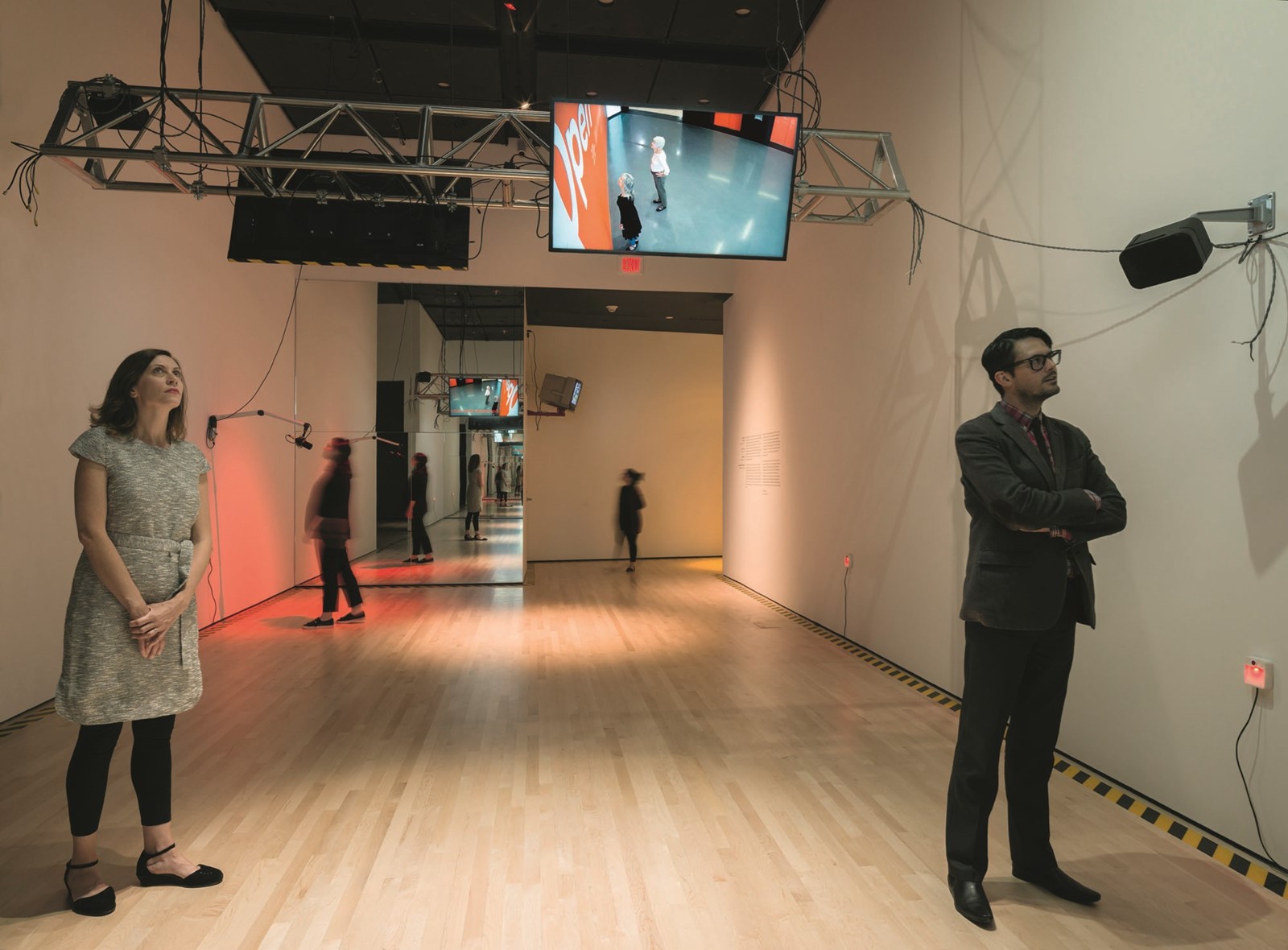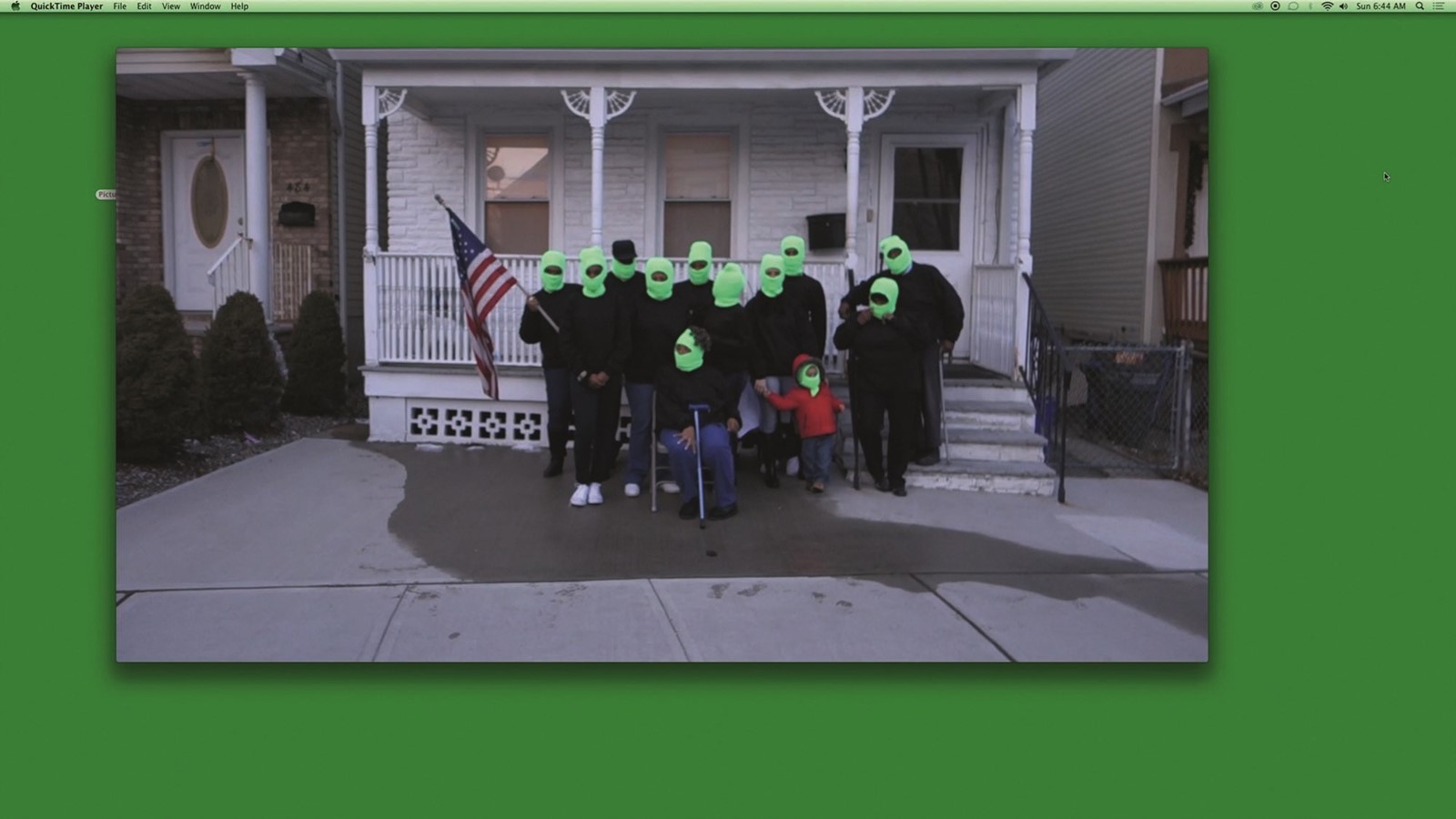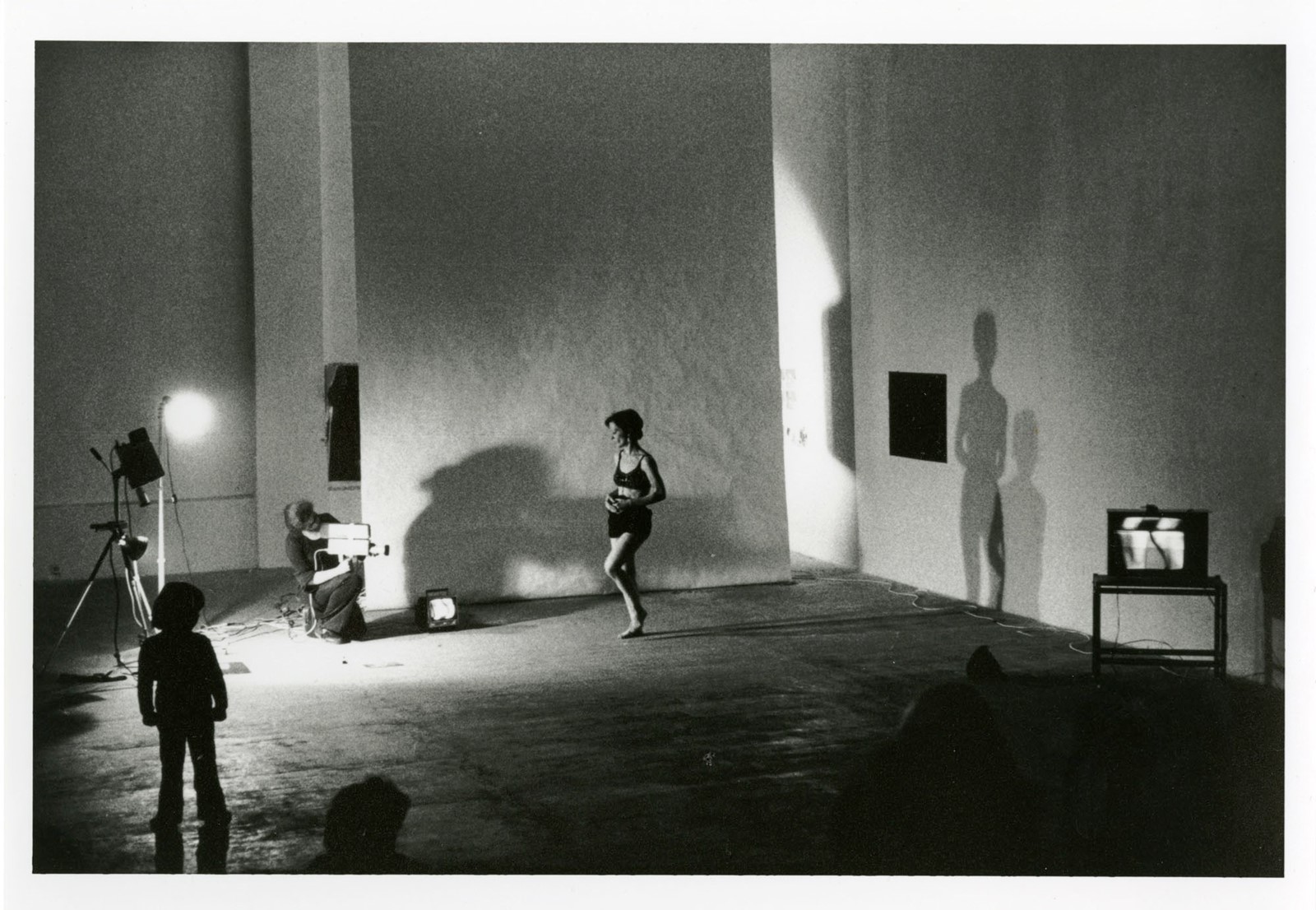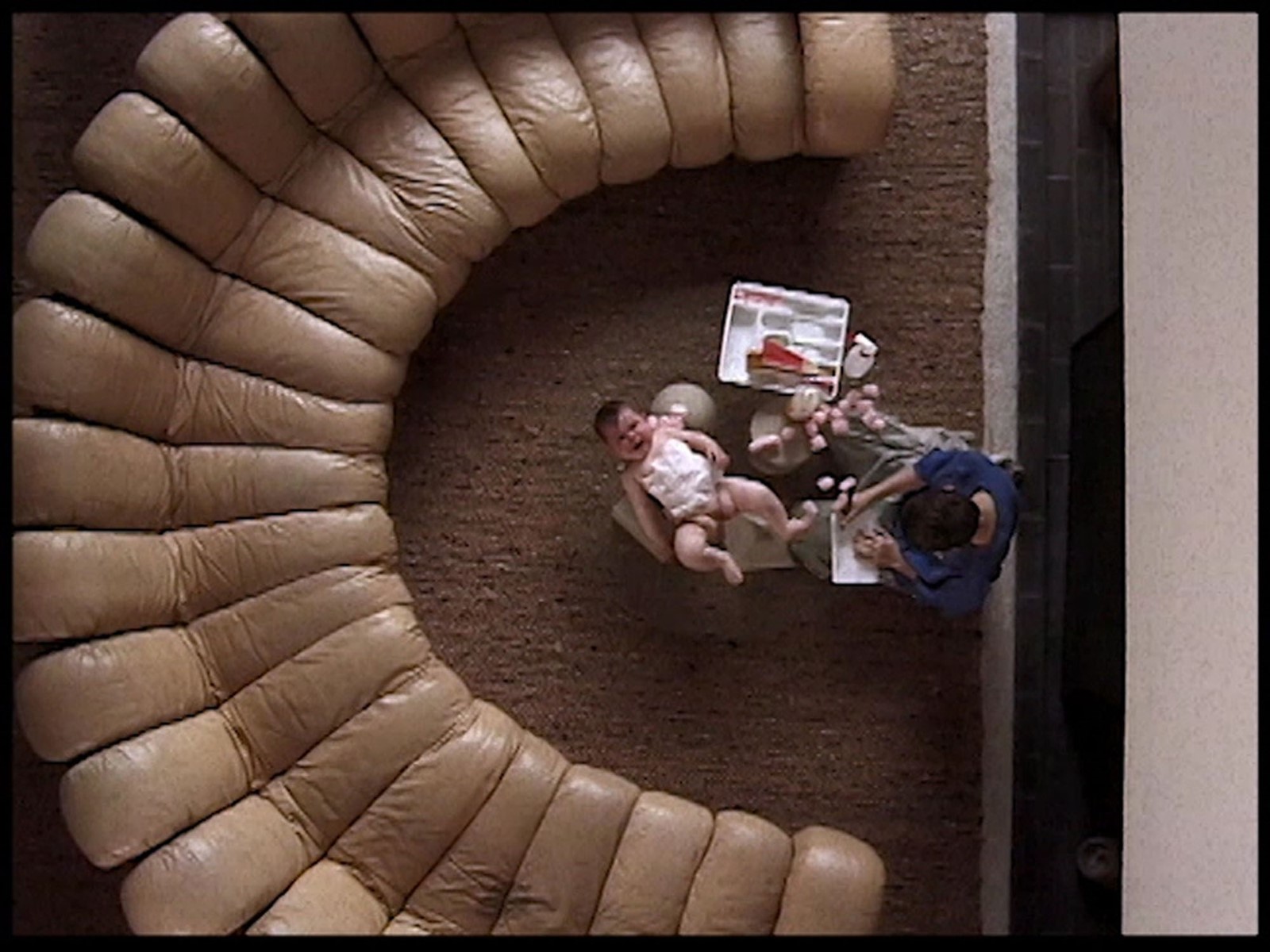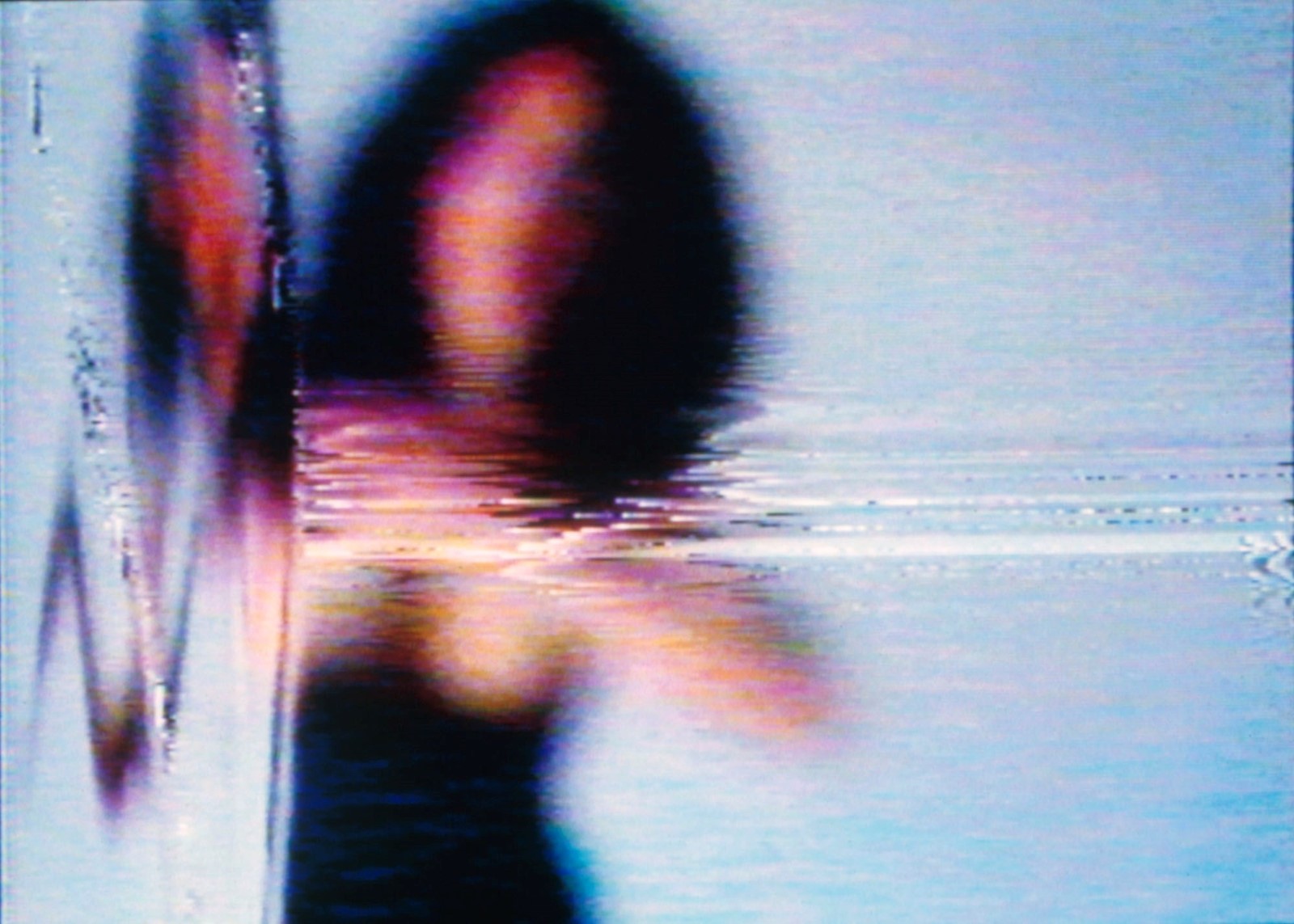BOOK:Video/Art The First Fifty Years, Phaidon Publications
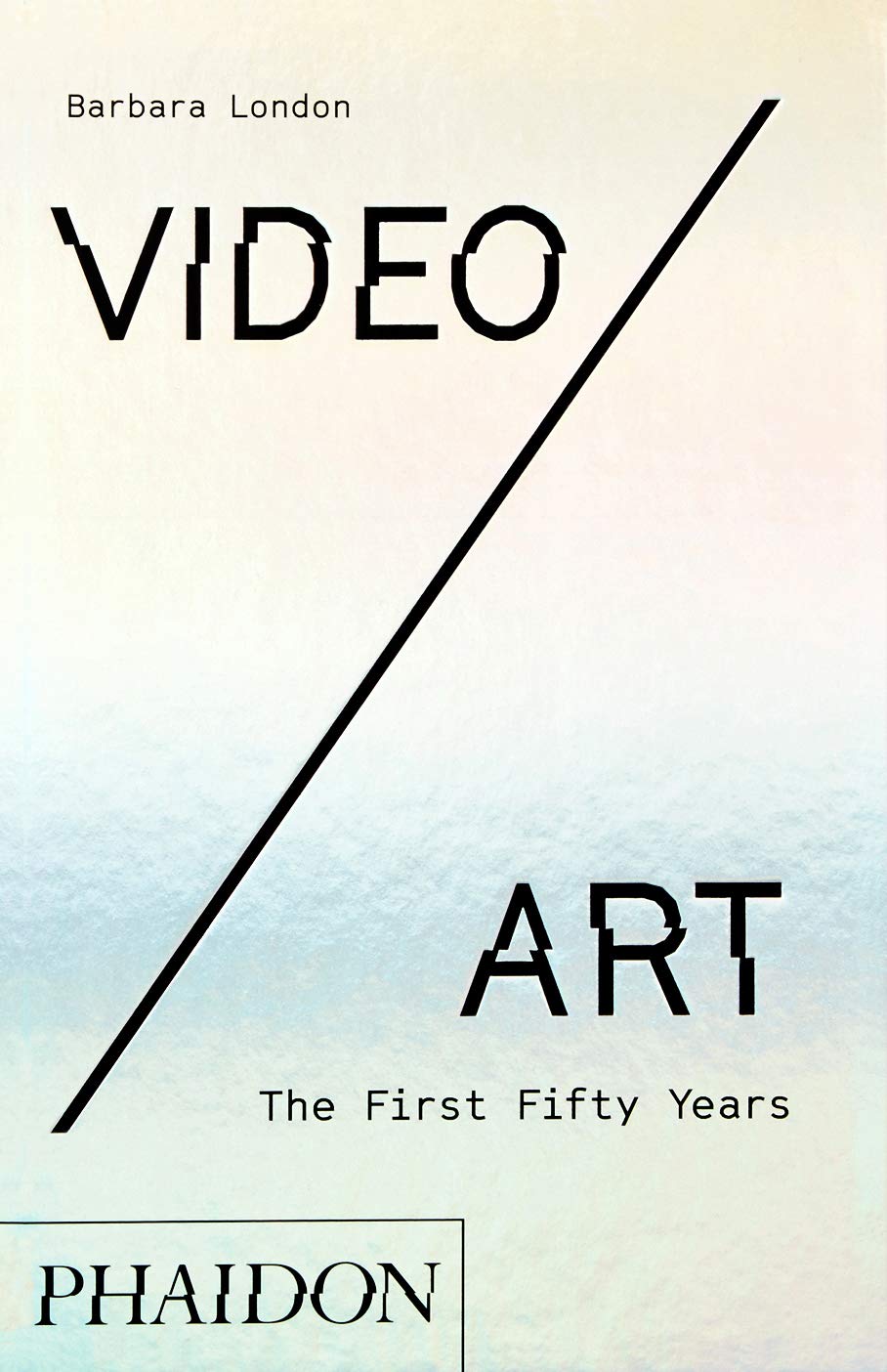 New York in the 1970s was the global epicenter of the fledgling new art form, with artists such as Nam June Paik, Beryl Korot, and Mary Lucier at the forefront. As radical and iconoclastic as the work of these early pioneers may have been, it was nonetheless based in more established forms such as sculpture and live performance. Film, though inarguably the main precursor of video, differs in a crucial aspect. The quality of being live is characteristic of video (an important distinction from film). Once a video camera is turned on, an image of an action unfolding in real time can be displayed indefinitely on the monitor to which the camera is connected. This live, or “open circuit” image, an impossibility in film , to most eyes appears identical to a prerecorded version. While many of the works covered in the book “VIDEO/ART: The First Fifty Years” by Phaidon Publications. fall somewhere along the film-video axis (such as Bill Viola), the distinction is nonetheless important. Put another way: though their basic materials are the same, there is a sense of immediacy in video art that is absent in film. This immediacy can play out in numerous ways, covering a spectrum that ranges from shocking and confrontational like Chris Burden’s “Through the Night Softly” to voyeuristic as Bruce Nauman’s “Live Taped TV Corridor” to the calmly ascetic “TV Buddha” by Nam June Paik. In more recent decades, as the price of recording and broadcasting multimedia works dropped and the new phenomenon known as the World Wide Web proliferated, the field saw an increasing number of contributions from underrepresented countries around the world. Chinese artists such as Wang Gongxin, Zhang Peili and Yang Fudong, Iranian artist Shirin Neshat, and Pakistani/Indian artist Nalini Malani have brought new perspectives to the genre in the 21st Century. The final chapters of the book cover this increasing diversity and globalization of the form thoroughly, giving the book an overall satisfying arc while remaining open to the yet-unforeseen new forms video art will take via internet- and streaming-based art. London shows the same openness to these new forms that she did to the then-new form of video in the early 1970s, fulfilling a five-decade journey through a relentlessly self-renewing medium.-Dimitris Lempesis
New York in the 1970s was the global epicenter of the fledgling new art form, with artists such as Nam June Paik, Beryl Korot, and Mary Lucier at the forefront. As radical and iconoclastic as the work of these early pioneers may have been, it was nonetheless based in more established forms such as sculpture and live performance. Film, though inarguably the main precursor of video, differs in a crucial aspect. The quality of being live is characteristic of video (an important distinction from film). Once a video camera is turned on, an image of an action unfolding in real time can be displayed indefinitely on the monitor to which the camera is connected. This live, or “open circuit” image, an impossibility in film , to most eyes appears identical to a prerecorded version. While many of the works covered in the book “VIDEO/ART: The First Fifty Years” by Phaidon Publications. fall somewhere along the film-video axis (such as Bill Viola), the distinction is nonetheless important. Put another way: though their basic materials are the same, there is a sense of immediacy in video art that is absent in film. This immediacy can play out in numerous ways, covering a spectrum that ranges from shocking and confrontational like Chris Burden’s “Through the Night Softly” to voyeuristic as Bruce Nauman’s “Live Taped TV Corridor” to the calmly ascetic “TV Buddha” by Nam June Paik. In more recent decades, as the price of recording and broadcasting multimedia works dropped and the new phenomenon known as the World Wide Web proliferated, the field saw an increasing number of contributions from underrepresented countries around the world. Chinese artists such as Wang Gongxin, Zhang Peili and Yang Fudong, Iranian artist Shirin Neshat, and Pakistani/Indian artist Nalini Malani have brought new perspectives to the genre in the 21st Century. The final chapters of the book cover this increasing diversity and globalization of the form thoroughly, giving the book an overall satisfying arc while remaining open to the yet-unforeseen new forms video art will take via internet- and streaming-based art. London shows the same openness to these new forms that she did to the then-new form of video in the early 1970s, fulfilling a five-decade journey through a relentlessly self-renewing medium.-Dimitris Lempesis

